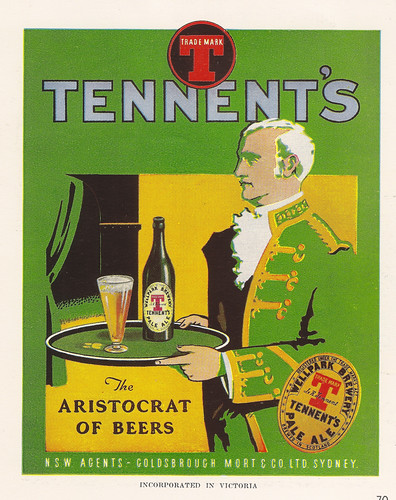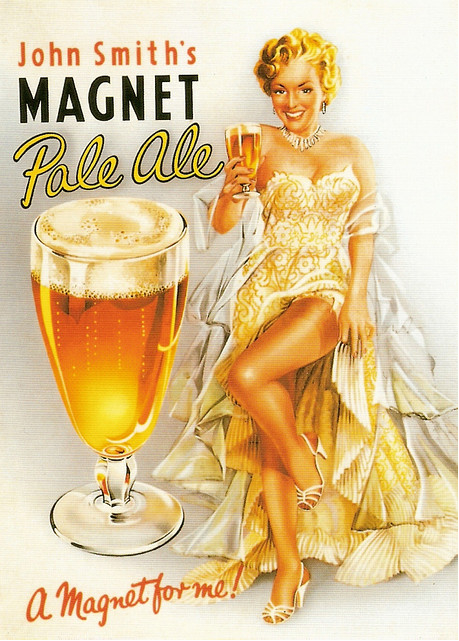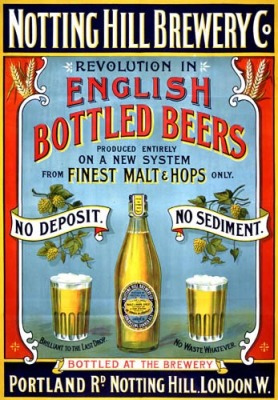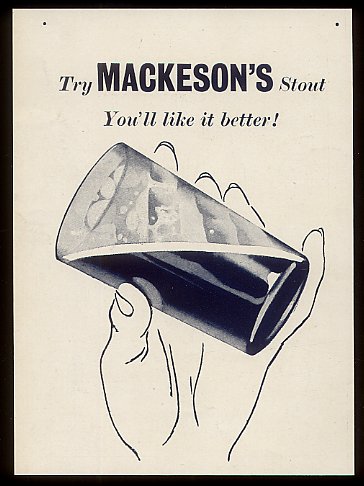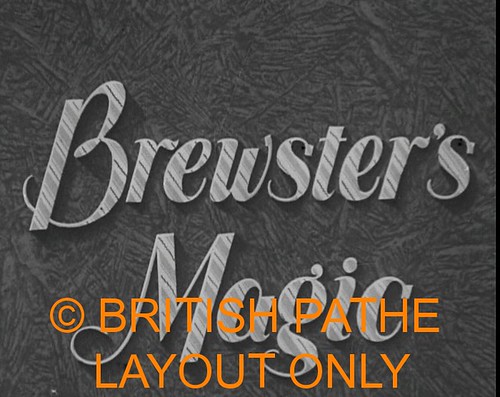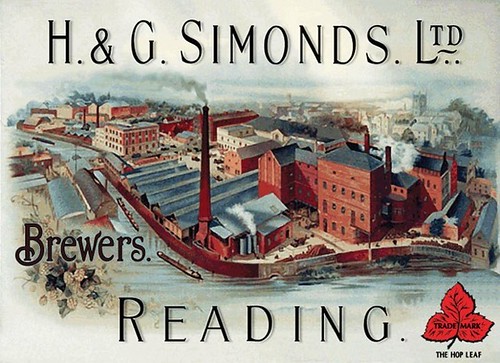
Friday’s ad is for Tennent’s Pale Ale, who apparently are “The Aristocrat Of Beer.” Though the Wellpark Brewery is, or was, a Scottish brewery, the ad appears to be from Australia. Though from when I can’t be sure; perhaps the 1950s, although the bottle looks even older than that?
